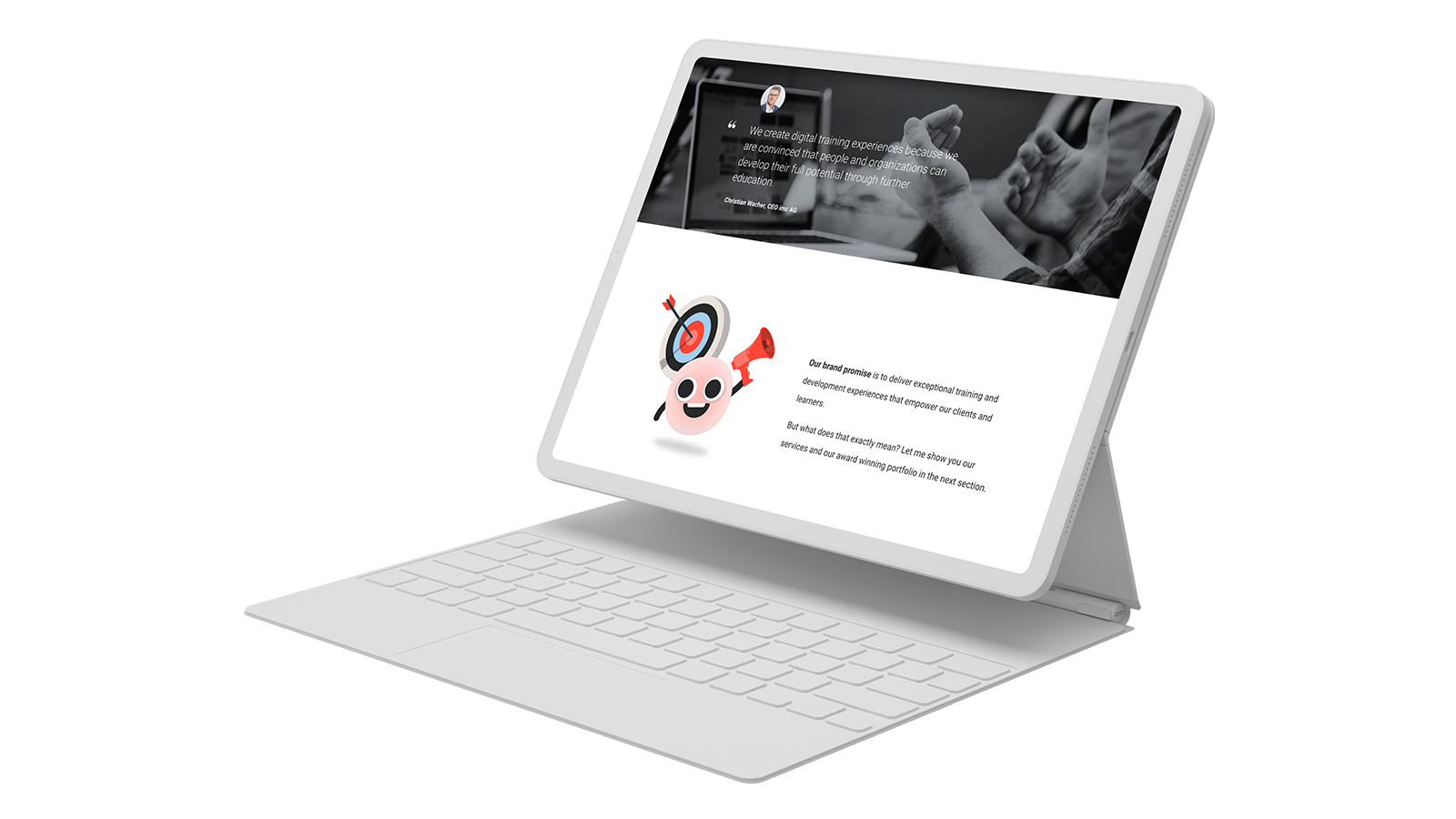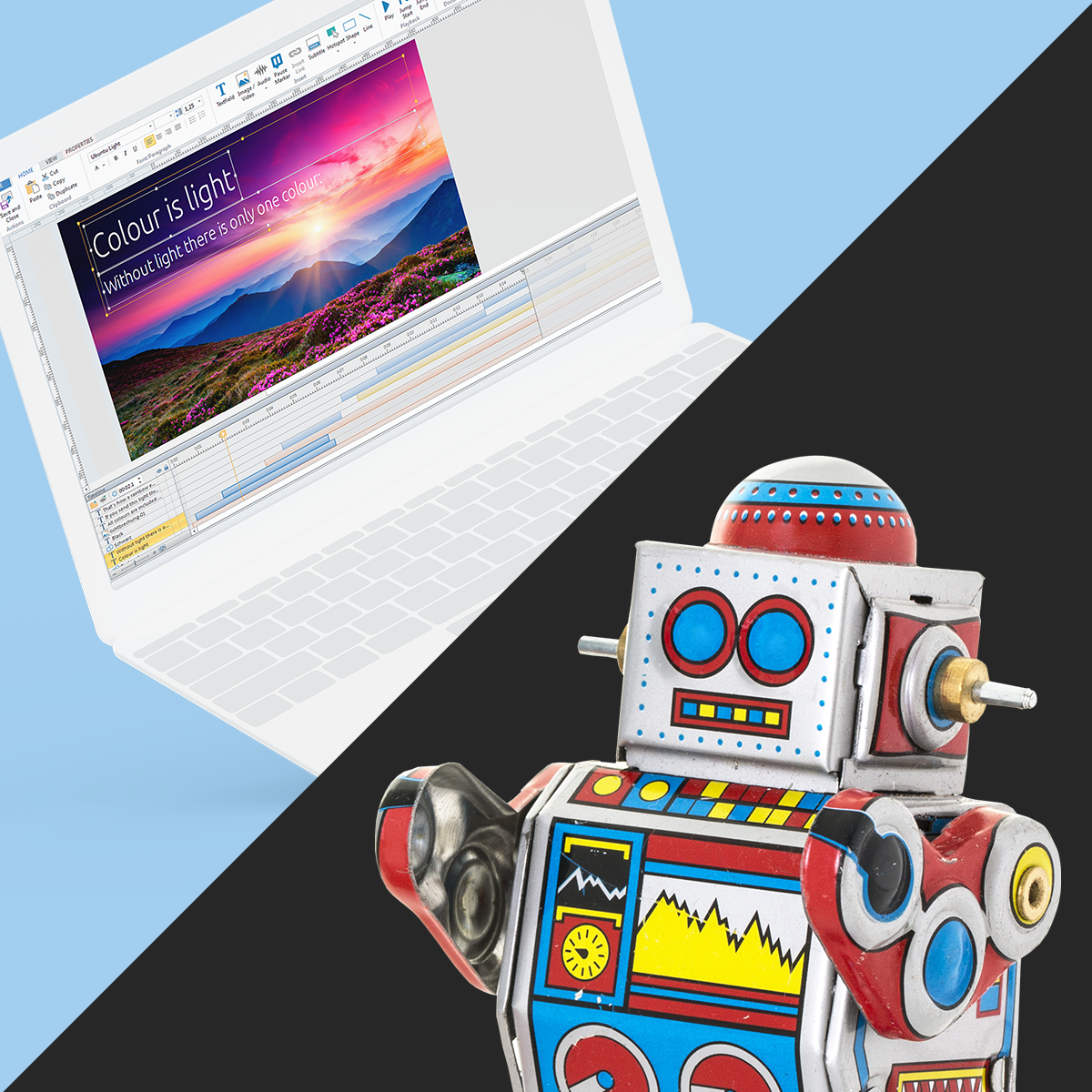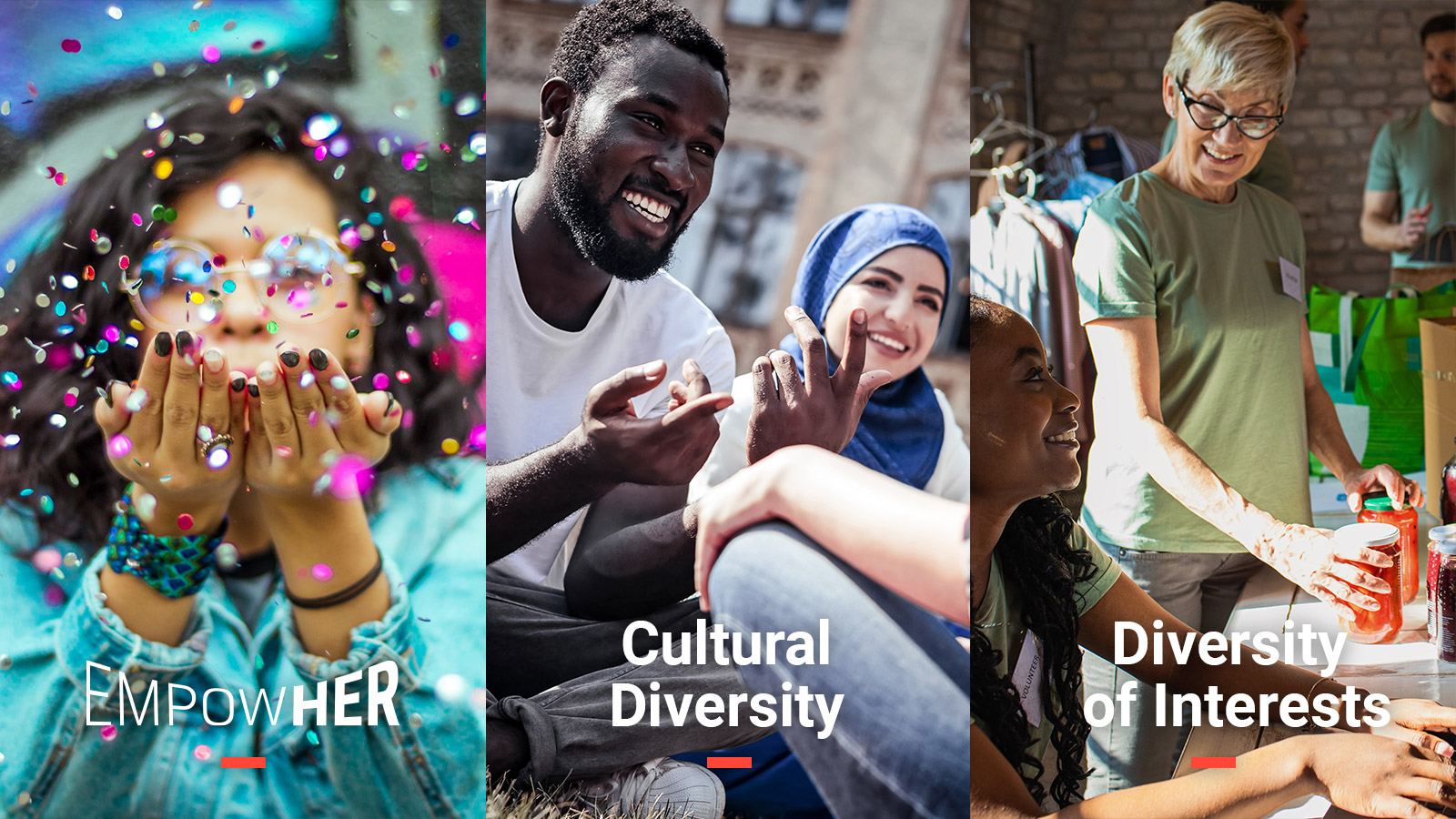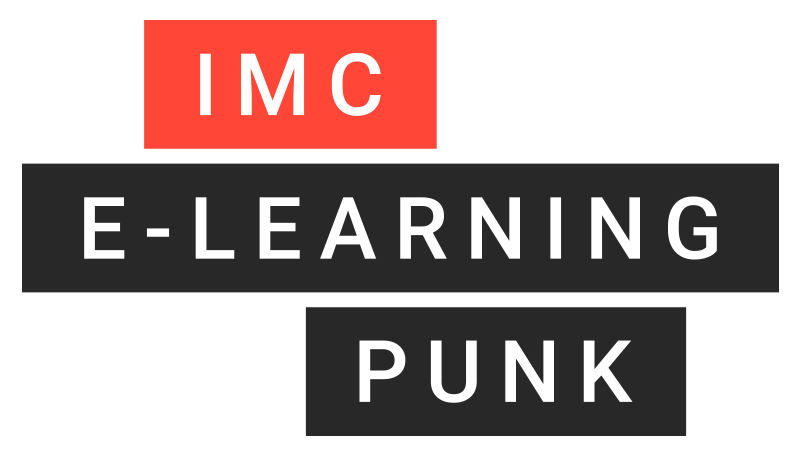
The Power of Emotionally Intelligent Brand Training
How brand training can enhance employee brand loyalty
It takes a lot to build a strong brand. You need fresh and appealing brand visuals, a corporate design that’s modern and to the point, and an identity that’s bold and a little out of the ordinary. And, not least, you need employees who are engaged and totally on board.
Your employees influence your brand, both directly and indirectly, and help shape its external impact across all touchpoints, from initial customer contact to the actual product. Ideally, you want each and every employee to be a multiplier, positively representing your brand in dealings with friends and relatives, when out at a restaurant or at a party and, most importantly, on social media.
This all sounds nice, but how to achieve it? The answer is brand training. Many of our customers have been asking us about it, so we’ve decided to take a closer look, using ourselves as guinea pigs. In this article, we describe our own new brand training course, the rules we followed in devising it, and why we believe it is a worthwhile investment.

Rule #1: Brand Engagement + Education = Brandification
When it comes to the values behind a company’s brand, the first step is for everyone in the company to get back to the basics. What are the brand’s origins? What are the principles that underpin it? What is the company’s purpose? By learning about these things, learners become aware that everyone in the company can play a part in realizing the values and goals of their brand. And because brands change over time, the learning needs to be ongoing.
imc is no exception. We have changed a lot over the years – and will continue to do so. As well as relaunching our brand, we want to achieve greater momentum on issues like new work, diversity and inclusion, and our own transformation. Consequently, the objective of our new brand training course is to communicate this culture shift and the underlying values in a way that is readily accessible so that we can instil in our employees a strong emotional attachment to our brand.
Learning objectives set out the areas and levels where change is to happen (understanding, thinking, action, etc), so it is important to define them right at the start of the brand training process.

imc Brand Training
Rule #2: Genuine attachment transforms initial attraction into a full-blown relationship
A company’s fundamental values and culture are reflected in virtually everything it does and therefore need to be understood and actively supported by its employees. New hires, in particular, must be able to rapidly internalise what their new employer’s brand means and stands for. They applied for the job out of an initial attraction to the brand, and it is now up to the company to build that attraction into a genuine relationship.
A successful onboarding journey is vital to this because onboarding is the first step towards brand loyalty. For this reason, companies should proactively offer onboarding experiences that are consistent with and support their brand promises.
That’s why the completed brand training course at imc was specifically developed for our new onboarding journey and designed to fit into our onboarding storytelling. It also works as a stand-alone training course for established imc employees.

imc Brand Training
To ensure that new employees find it easy to get started and engage with our brand training, we have made it an integral part of our onboarding process. We have also incorporated it into our learning management system (LMS). To reach as many learners as possible, brand training must be easy to engage with, not take up too much time, and be accessible from any location and device.
Rule #3: Turn likes into love with emotional branding
Emotional branding is very powerful. It’s the art of connecting with people by tapping into their feelings. But how do you translate this emotional aspect into online training? One very effective approach is to use elements of branding that have high recognition – such as logos, brand visuals or mascots. You can generate very strong emotional appeal by incorporating these elements into storytelling as a way of communicating your brand message.
We (almost) always follow our own advice, so we chose storytelling for our own brand training course. The narrator is our mascot, Max.

Storytelling:
Storytelling is a communication method that uses narratives to convey information. It is widely used in knowledge management, child and adult education, journalism, psychotherapy, marketing, PR and advertising.
Max looks a little like a ghost and emerges from the dot on the “i” of imc. He starts out very pale but gradually takes on more colour as the learner progresses through the course and learns more about the imc brand.

imc Mascot Max
Max features in every module of the imc brand training course. For example, in one module, he reads from a book telling the story of the company’s founder, Professor August-Wilhelm Scheer. As the course progresses, the mascot pops up to provide background on various points or quizzes the learner on content they have just covered.
Rule #4: The right implementation is everything
In our case, the right tool for creating the brand training course was Articulate Rise. It allowed the team to get involved and help shape the course right from the outset. The necessary expertise in didactics and form was provided by our inhouse instructional designer Oliver Steinhilber. “Brand training courses are very much in demand from our customers at the moment,” he says. “Everyone’s looking at learning on topics like onboarding, change and new work, and the people responsible for it in HR, marketing and internal communications want to make sure their learning content is authentic and has emotional appeal.”

The Right Tool:
To be sure you’re using the right tool for creating your training course, it’s best to talk to an instructional designer first. Articulate Rise is a sophisticated software application that has a reasonably steep learning curve. For less experienced users, authoring tools like imc Express provide a quicker and easier way of getting started on generating content.
Why invest in emotionally intelligent brand training?
Simple: because brand training content with emotional appeal makes it easier for employees to identify with the brand. This sense of identification improves employee motivation and therefore has a direct effect on their day-to-day work. By using brand training content that has emotional appeal, a company can also create brand ambassadors from among its own ranks – employees who will champion the company brand to both internal and external audiences.
Deep understanding of shared company values and genuine buy-in to the company culture lead to better communication and collaboration, as imc Director of Brand Strategy Kerstin Steffen explains: “Brand training is effective if afterwards everyone feels confident they have chosen the right employer, and all learners feel positive and excited. Effective brand training turns employees into role models who are happy to be ambassadors for the company spirit and brand message.”


It’s all about Communication & Collaboration
Whether we work from home or from the office, hybrid working and global teams have fundamentally changed the way we work together at imc. So it's high time for us to ensure global communication and collaboration standards so that collaboration continues to work successfully.

This year, the imc Diversity & Inclusion programme has even more to offer
Ilse Henne about role models: "If we feel seen, supported, connected and feel proud of other women in our community, then we can be happier and being happier is the best way starting to learn and develop yourself!"

Contact person
I joined the imc newsroom team in 2021. As a journalist my heart beats for content and storytelling.
I’m excited to figure out how e-learing and digitization affect the future of work. My task is to create content to talk about and I’m always looking for trends.
Privately I love to travel and eat Tapas.
Topics: E-Learning Trends, Corporate Social Responsibility, Press and Influencer Relations
